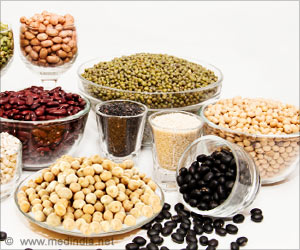The Institute of Medicine (IOM) put forth obesity-prevention report at the Weight of the Nation™ conference hosted by the Centers for Disease Control (CDC) last week.

- S – Safe: According to the CDC, at least 128,000 Americans are hospitalized each year with foodborne illnesses. The MSU analysis concluded canned foods are a safer option for produce thanks in part to the canning process that creates a barrier to microbiological contamination.
- H – Healthy: The study underscored that nutritionally, canned foods are on par with and in some cases better than fresh and frozen. In fact, canning tomatoes improves the B vitamins, vitamin E and carotenoid content. Fiber, a nutrient of concern in the 2010 Dietary Guidelines for Americans, becomes more soluble and therefore more useful in the human body, in the canning process.
- E – Ease of preparation: Canned fruits and vegetables are convenient to prepare and incorporate into meals or on their own. They are not subject to seasonality or refrigeration requirements, also making them easily accessible to all – from corner convenience stores to supermarkets, a key recommendation in the IOM report.
- L – Thanks to their long shelf life, canned foods are perfect staples to stock up and have on hand anytime. USDA reports Americans waste 25 percent of their fresh produce each year, and with 23.5 million people living in areas known as "food deserts" with little or no accessibility to nutritious foods, canned fruits and vegetables provide a smart shelf-stable option for families.
- F – Financial benefits: Canned foods stretch hard-earned dollars, saving up to half the cost of frozen and 20 percent of the cost of fresh. For example, fresh green beans are estimated at 500 percent more costly than canned.
"Canned foods can be a terrific option to easily and inexpensively incorporate great tasting nutrition into healthy meals," said Patricia Bannan, MS, RD, author of Eat Right When Time is Tight. "One of the IOM report directives is to increase access to healthy foods at various locales. It's important that people do not overlook the variety at convenience stores across the country with healthy options sitting on the S.H.E.L.F."
The release of the MSU study follows FDA announcement that BPA, a lining used to protect canned foods from contamination, is safe within current guidelines.
Source-Eurekalert















